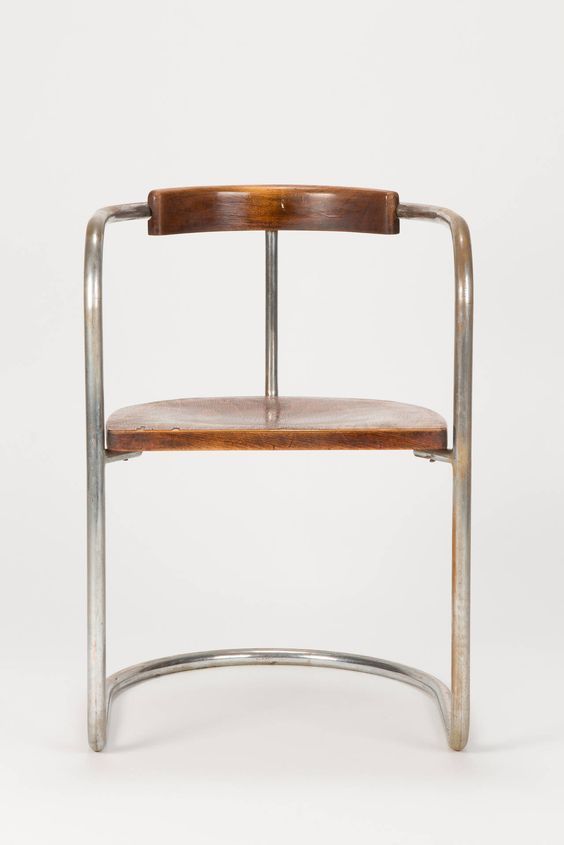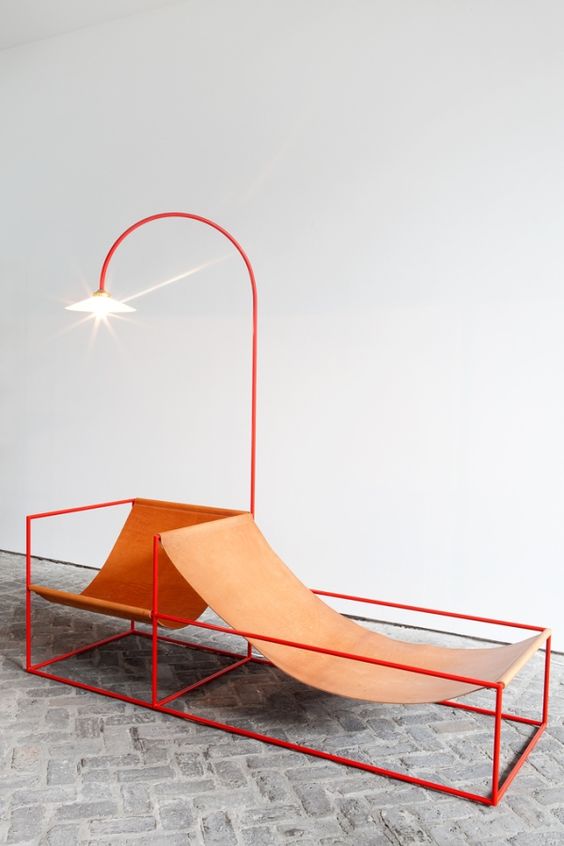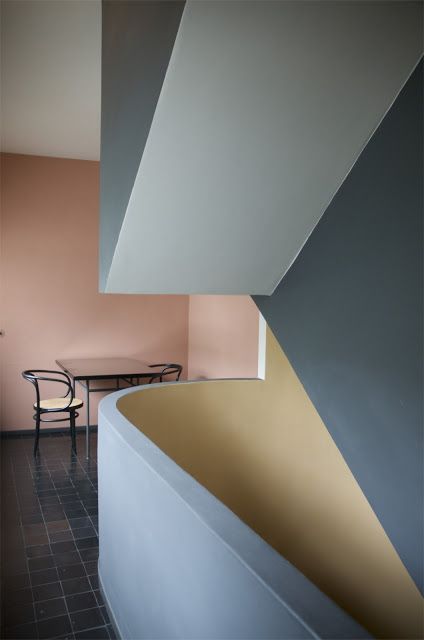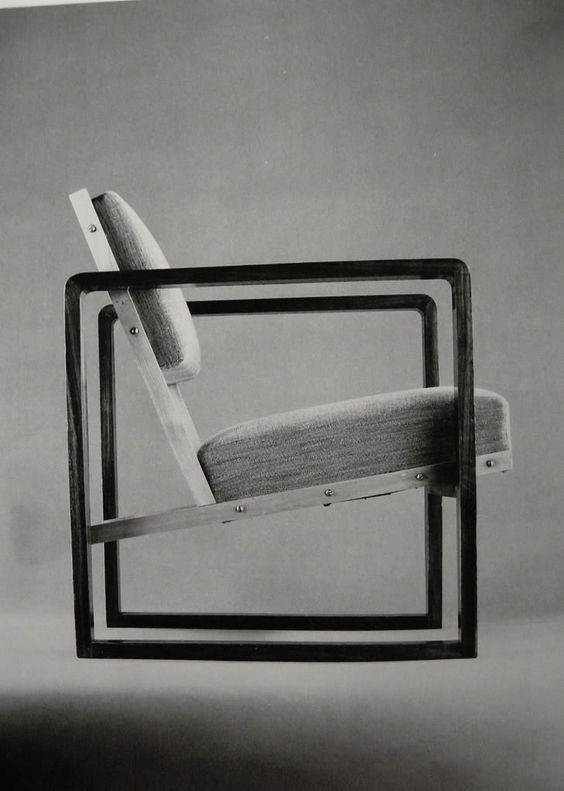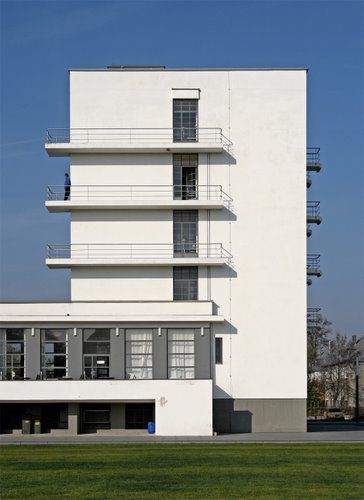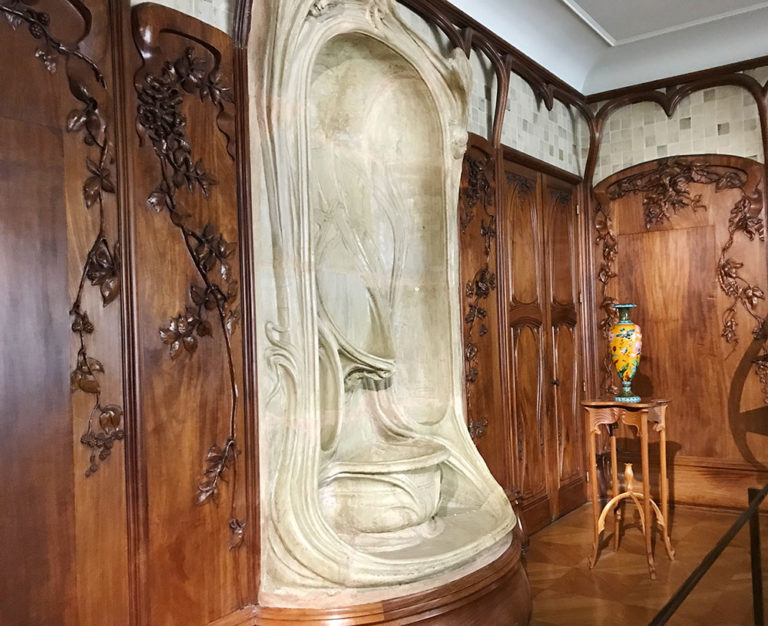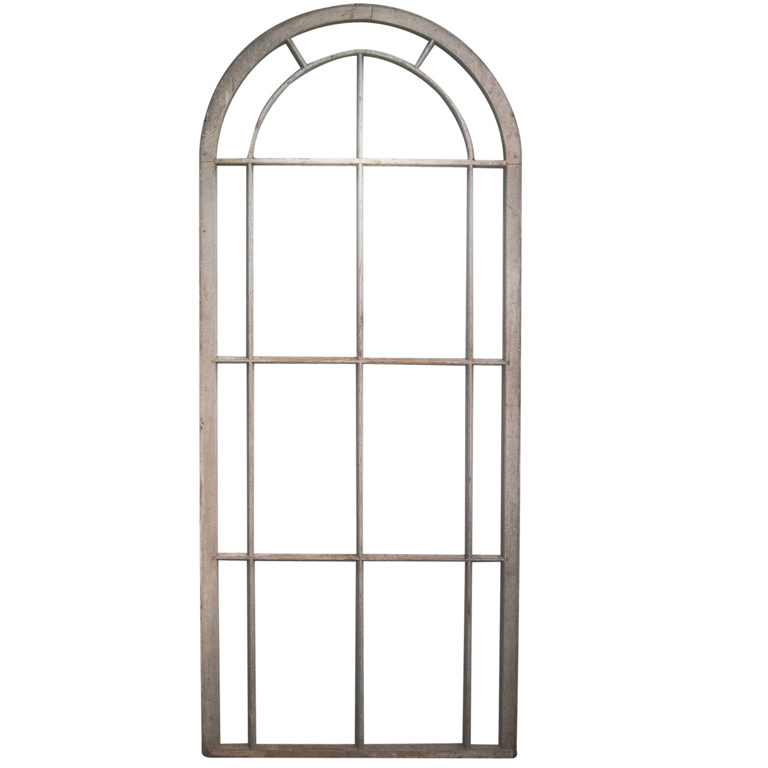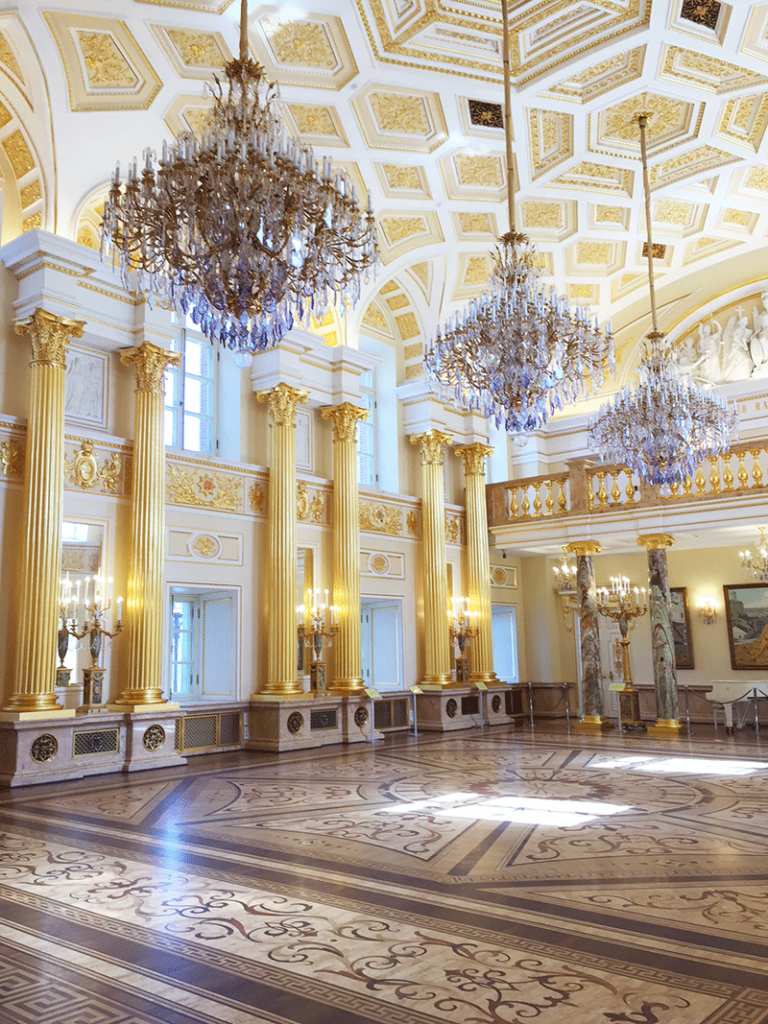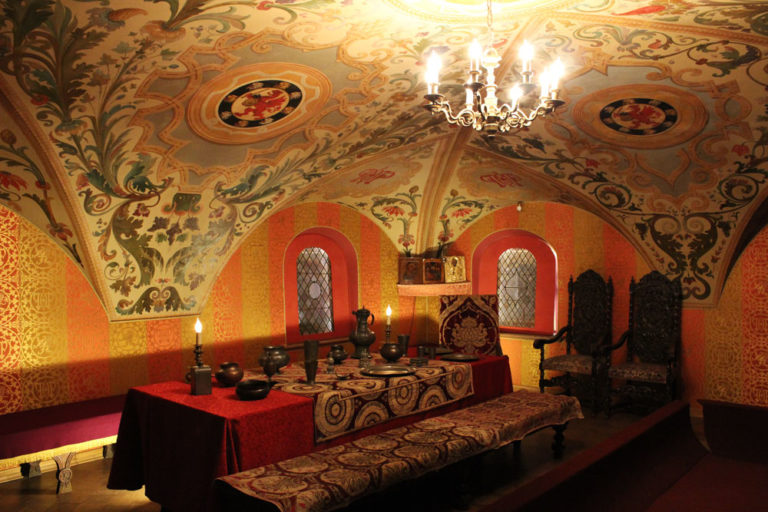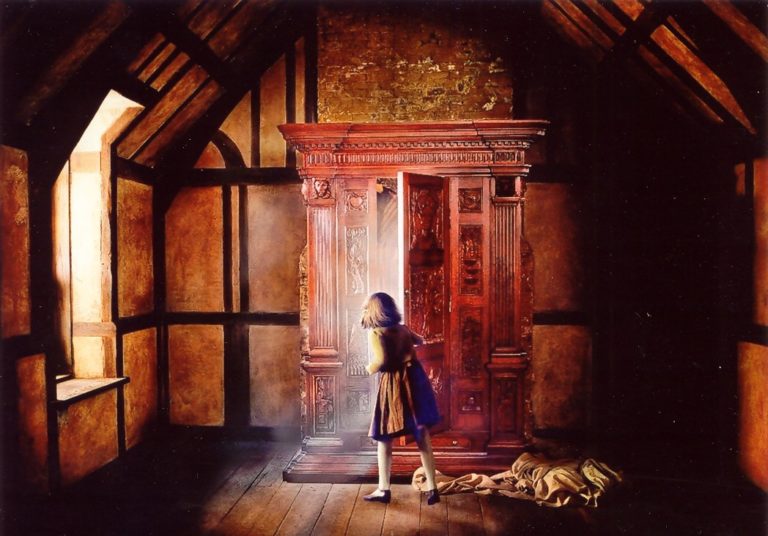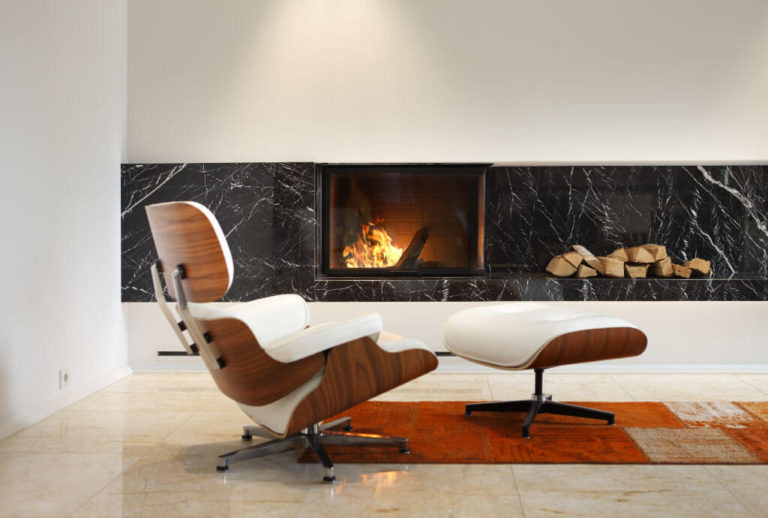Bauhaus Movement: Style at a Glance
Hello, my friends!
Today’s article is the short guide through one the most famous and influential movements in the history of design. Bauhaus movement was a trend in modernist architecture that appeared and developed in 1930s-1960s. It was born in Germany, but soon became popular throughout the world. Its founders were Walter Gropius, Peter Behrens and Hans Hopp. Among the most famous representatives were Le Corbusier, Mies van der Rohe, Jacobus Oud and several others.
Today the “Bauhaus” concept has not changed, but it has different associations. First of all, we think of basic geometric shapes (square, triangle, circle) and primary colors to which white is added. The Bauhaus is also connected with the architecture of cubism and functionalism (later it will become one of its basic concepts). In addition, Germany still has the Bauhaus school of industrial art. However, all these aspects of this phenomenon are linked together.
Key characteristics include:
- First of all its famous motto was “Less is more” – minimalistic appearance and lack of embellishments.
“The Bauhaus fights imitation, inferior craftsmanship and artistic dilettantism” – WALTER GROPIUS – (Antique Bauhaus Steel Tube Cantilever Chair, Italy, 1930s) - “Form follows function” principle applied to architecture, interior design, graphics and also industrial design. As a result – deliberate lack of ornamentation.
Zetel – modern Bauhaus-inspired lounge chairs created by Designers Fien Muller and Hannes Van Severen. Clean lines and simple forms.
Weissenhofsiedlung Haus Le Corbusier (Pierre Jeanneret & Le Corbusier, Weissenhof-Museum Stuttgart, 1927 - Emphasis on straight lines and angles.
Josef Albers, 1928. Bauhaus Style. - Buildings in Bauhaus style usually have a cubic forms with smooth facades and an open layout.
Dessau – Bauhaus / Walter Gropius - Finally, the use of primary colors to which white is added:
Some of the iconic designs include:

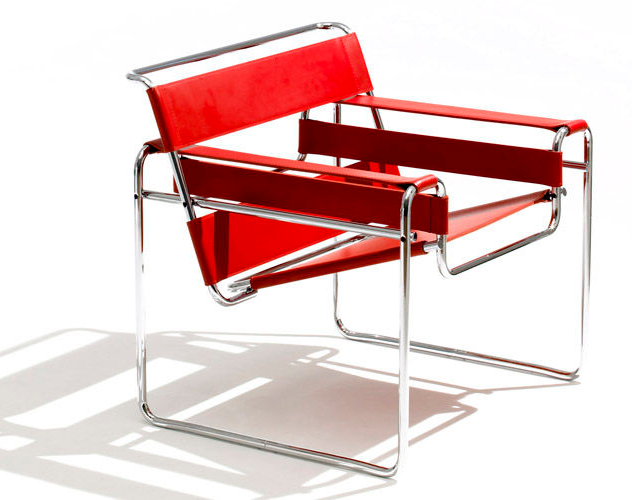
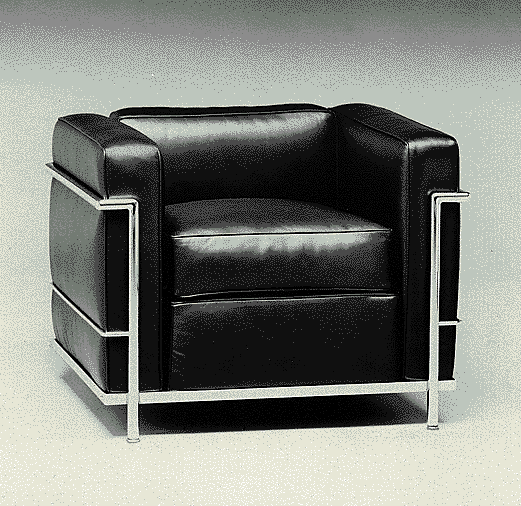
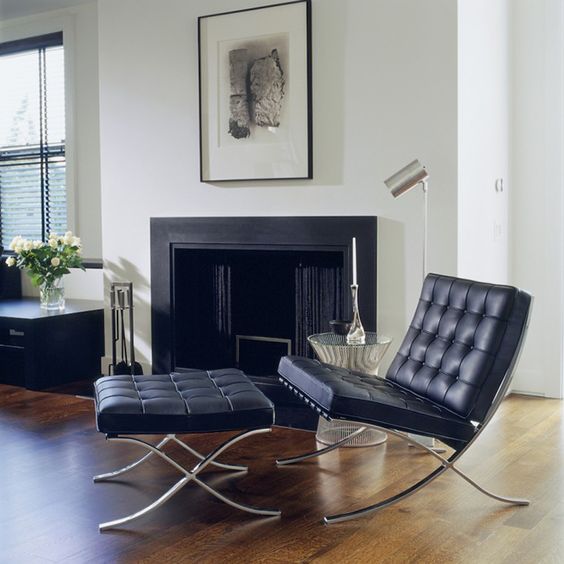
Want to learn more about various interior styles and their main characteristics? Have a look at my History of Styles eBook:

